Artificial Intelligence (AI), a term coined by John McCarthy in 1956 is now synonymous with innovation and advancement in technology. As the name suggests, intelligence is replicated by machine systems to perform calculations and tasks that are too tedious or large in scale for the original intelligent beings–humans. This concept, first built on simplistic boolean logic, has helped solve problems from basic algebra to the most perplexing astrodynamic concepts like the three-body problem. Being extremely efficient, AI has been propelled into almost every sphere of industry. While the second half of the 20th century saw conceptual advancement of AI, it was only during the late nineties that any real development was done in the emergence of AI as a real-world technology.
The 21st century as we know it has progressed exponentially in terms of computation and hardware technology, far from the days of just large-scale calculations, AI has now emerged as the top machine with models ranging in complexity from regression to deep learning. Artificial Neural Networks (ANN), inspired by the biological neural network of the human brain, are used as a predictive tool in deep learning within the AI subset of machine learning. It is used in speech recognition, computer vision, and mobile robotics with extremely scalable algorithms that improve the amount of data that is fed to them.
AI vs Engineers?
AI has opened the frontiers of human-machine interfaces like never before with technologies like interactive chat boxes, voice assistants, and self-driving cars. Natural Language Generation and Deep Learning are now spearheading these innovations and becoming an undeniable facet of human life. This has developed new sectors in industry that require employees to have hands-on knowledge about all the emerging technologies and AI Product Management.
Just like the emergence of robotics in the manufacturing industry has reduced most human labor and caused massive job losses, there is the threat of AI replacing jobs that require cognitive skills and intellect.
With its wide range of uses in different domains it is obvious that with more efficient and cost-effective AI tech popping up, the job slashes and replacement of workers in the tech industry is inevitable. But, integration of AI into industries will also lead to the creation of many jobs. More productive work is expected to replace the jobs that will be lost to AI. The World Economic Forum expects a 40% rise in AI specialists by 2027, with a proportional increase in the demand for these jobs.[1]
Where does this leave engineers? In two words: to adapt.
MATRIX
Amidst fears of AI taking over human jobs, there’s also a fear prevalent since the inception of AI that has led to the creation of multiple sci-fi movies and books–AI gaining sentience. AI’s ability to match human ability and outperform on a larger scale and faster speed might prove its sophistication and complexity, but it isn’t a measure of real intelligence. The highest cognition capacities of AI today are found in deep learning neural networks and they are nowhere near resembling human intelligence. While this might change and develop further in the future, the theory that AI may develop consciousness or original thought is ambiguous at best.
AI uses reinforcement learning, feedback loops, brute force, and huge datasets to constantly improve and build its models. And yet it is impossible for AI to deviate from its programmed tasks–it is limited by both hardware and datasets. Every decision of AI is observable as data with the logic for each behavior recorded and reviewed. Such systems gaining any consciousness or human thinking is out of the domain of existing computational theory.
An example to consider would be IBM’s Deep Blue, the first AI to defeat a chess grandmaster. It used extensive search and evaluation methods, its reactions were traceable, and utilized existing training data on chess. While it could overcome the best of humans in terms of chess, the intelligence was completely derived.
FUTURE OF AI
AI has become a central aspect of our digitized spaces. Just as intelligent voice assistants and self-driving cars were once a concept of science fiction now turned into reality, there is much that AI can innovate. The day might not be far when we see Doraemon’s famous gadgets come to life. The economic incentives for product development and constant innovation are driving the fourth industrial revolution. Investments in start-ups and research and development have increased especially in the last decade. AI-related patents are at an all-time high, highlighting the scope of it as a technology of the future. These are some of the most groundbreaking innovations in the domain of Artificial Intelligence
1) Xenobots
Xenobots are the world’s first biological robots designed by AI. They can self-replicate and repair. An AI program on UVM’s supercomputer ran a configuration to design biological frog cells that can self-replicate. This is a major breakthrough in bioengineering led by Artificial Intelligence.

2) Mind Decoder
AI has created a brain-computer interface that decodes continuous language from brain activity. Using fMRI, this decoder was used along the cortex and converted the brain readings into the interpretation of perceived speech, imagined speech, and even silent videos. This might be the ultimate step into virtual mind reading.
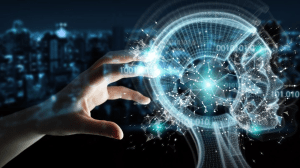
3) Cancer Treatment
AI can identify and diagnose isolated cancer cells faster than any human or machine. It is also being used in predicting the growth and spread of cancer while also designing recovery plans for patients. AI has also helped in designing new effective drugs for fighting brain cancer. With improvements in all the necessary tech to fight cancer, AI is emerging as an important medical resource.
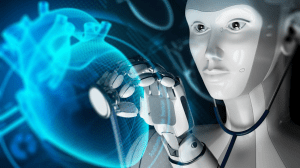
4) AI Art
AI can take a single text prompt and generate an entire image. This has opened up multiple opportunities for different business ventures and households. While the ethics of using real art as datasets to reproduce AI art is still a matter of discourse, this is a drastic change that will affect the way we view art.
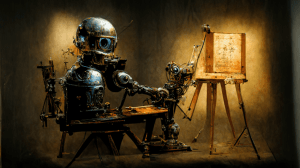
5) AI Writing Assistants
With tools like ChatGPT and DALL-E that produce writing and programming codes, a lot of industries are changing. Language tasks account for 62% of work time across most industries. With AI most likely to take over these tasks, working hours are expected to be highly impacted. This changes the way most industries operate. It’s a revolution.
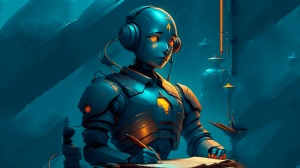
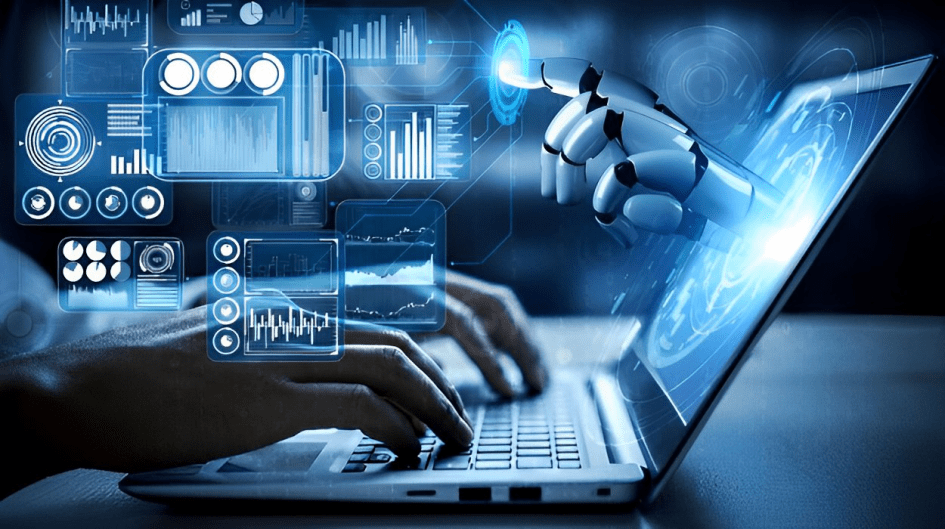


Leave a Reply